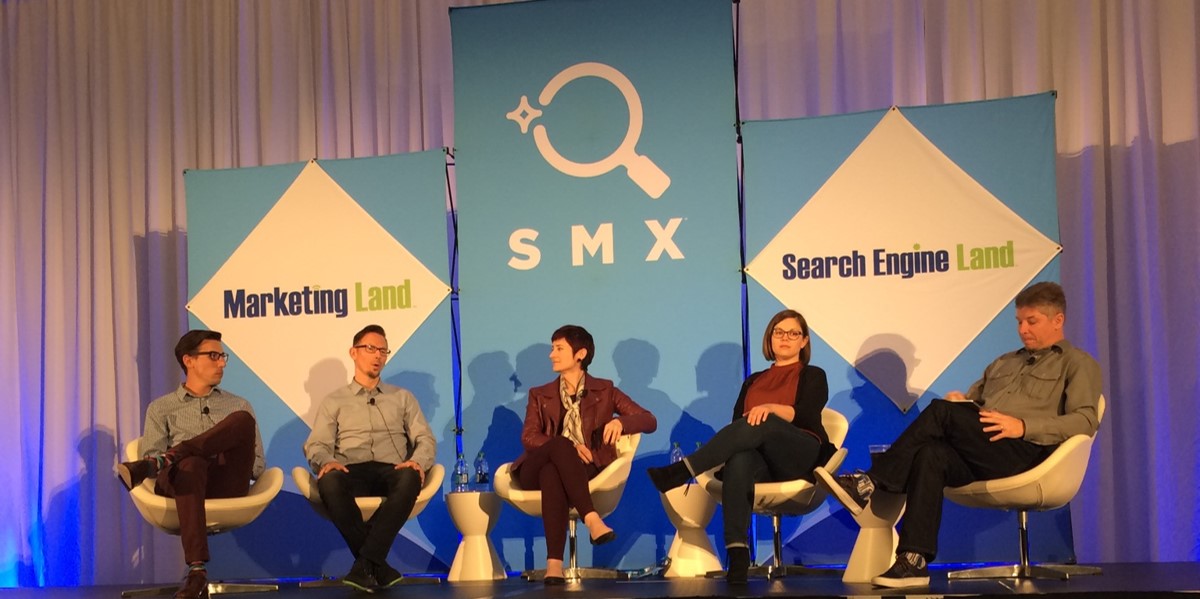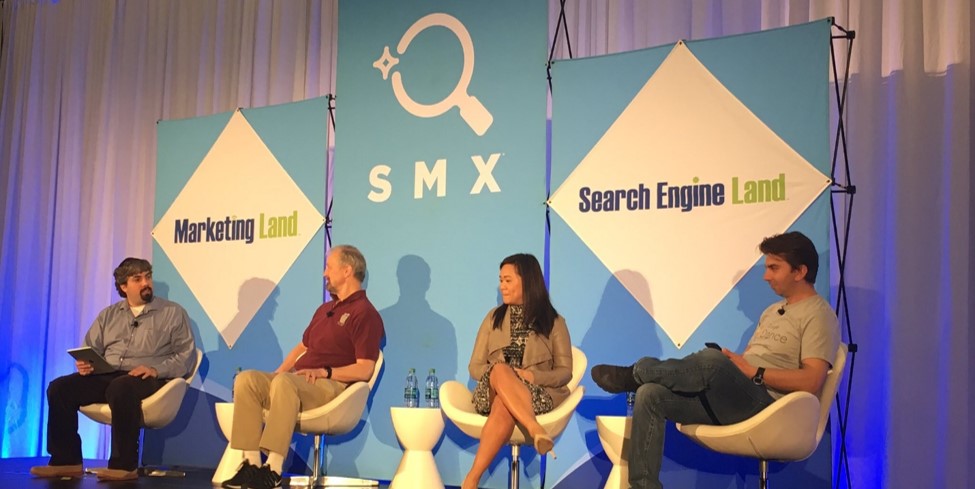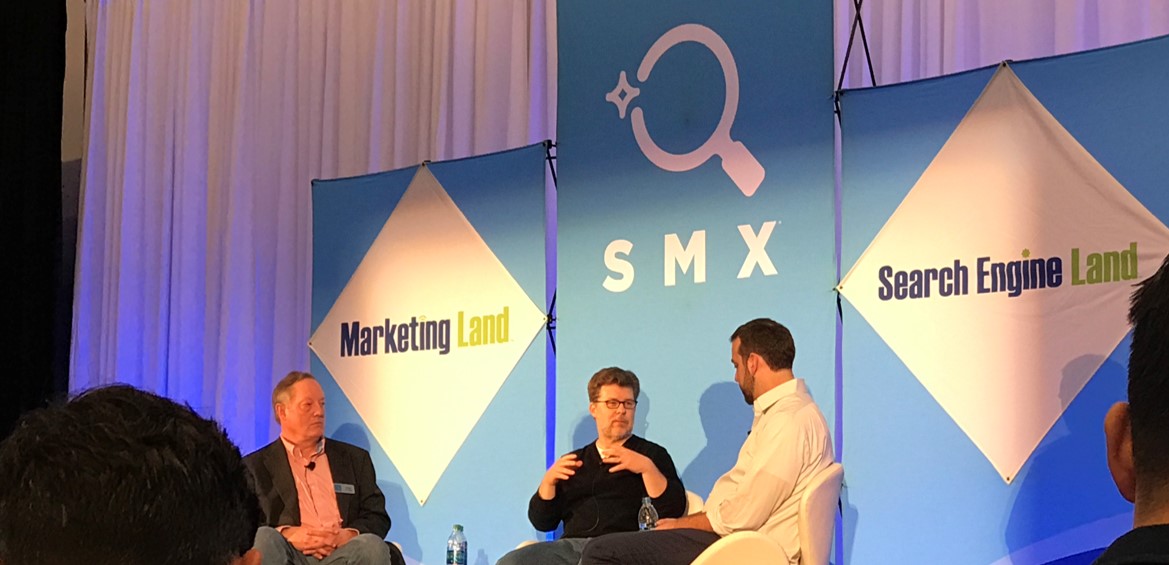Location sharing coming to Google Maps
From online to offline, consumers are bombarded with messages and touch points that are actively collecting information like search behavior, purchases, demographics and so much more. The amount of data out there is immense and for advertisers, this can be a gold mine especially if you can use it to engage with consumers in a way that seamlessly flows with everyday life.
Recently, Google announced that in the near future, Google Maps users will be able to share their real-time location with anyone. Through a single tap, users can select who to share with and for how long. Recipients can see the exact location and trip progress on their map, so they know when to expect their friend’s arrival.
What can this mean for advertisers? The data available from this type of sharing can open up opportunities for even more precise targeting. For example, a consumer jumps on a train to meet a friend at the movies and shares his trip. While waiting for his stop, he decides to view a YouTube video. He then sees an ad for a store or a restaurant near his destination.
Location extensions for display ads
Earlier this month, Google announced Display Location Extensions for their Google Display Network. According to Google, “Early testing has shown that advertisers see an increase in clicks to their business, with 60 percent of clicks on this extension related to directions or store information.”
If you are familiar with location extensions on search, the display version works the same way. Ads can include photos, store location and business hours like the example shown here. Location extensions can be created at the account, campaign or ad group level and only text ads, responsive ads and 300×250 image ads will show them. Advertisers can opt out of this extension for their display campaigns.
Since these extensions may not show all the time, Google added a new local extension display ad format allowing advertisers to create their own ads that always show location details. Unlike the extension, these ads can automatically be resized to fit different ad spaces.
New video reporting features
In an effort to help advertisers understand how many consumers they are connecting with through video ads, Google introduced Unique Reach in AdWords. This new feature shows the number of unique users and average impressions-per-user across devices, screens and platforms. In a YouTube TrueView Brand Lift study, Google learned that “users who both see and hear ads experience higher brand awareness, higher ad recall and higher consideration than those who only see or only hear ads.”

To take it a step further, Google will also start reporting watch time for in-stream and bumpers campaigns to help advertisers understand which videos have the highest engagement, the duration of engagement and the use of the skip option. Google says it will expand this reporting to other video formats over time. Together with impressions and views, these new reporting features are designed to give advertisers better insight on how consumers are engaging with video ads.
Changes to AdWords exact match
Google announced that the exact match setting in AdWords is going to transition from a syntactic match type (matching the search word for word) to a semantic match type (matching the meaning or purpose of the search).
Changes will include:
- Matching to include rewording and reordering
- Prepositions (e.g., “in” and “to”), conjunctions (e.g., “for” and “but”) and articles (e.g., “a” and “the”) will be ignored
Advertisers are going to have to retrain themselves in how they think about and use exact match.
Read more about this change and what advertisers can do to prepare.
As we learn more about all of these new features and announcements, we will continue to share what we think is important to advertisers like you. In the meantime, if you have any questions, don’t hesitate to reach out.
In case you missed it
Last week we attended the Search Marketing Expo (SMX) West, and we covered nine sessions in our recent blog posts. Check them out to learn more about Google and the latest in search engine optimization and search engine marketing.
SMX West – Day One Recap
- The definitive guide to local search ranking factors
- ETAs: Evolved text ads
- Speak to your audience in their own words
SMX West – Day Two Recap
- Changes to AdWords exact match
- Survive and thrive with SMB PPC
- SEO for Google’s mobile-first index and mobile-friendly world
SMX West – Day Three Recap
- Rolling out a negative audience strategy
- AMA with Google Search
- AdWords scripts: Friendly robots

![[MARCH 2017] The Latest from Google](https://mindstreammediagroup.com/wp-content/uploads/2017/03/Googleplex-featured-image.jpg)















 Email campaigns – Capturing email addresses is more than a means of delivering periodic newsletters or promotions. Capturing emails before the potential buyer clicks away from the site allows marketers to contact the user with reminders to complete their checkout. According to Website Magazine, including the customer name and product detail brings the email open rate to 46 and 44 percent, respectively. Sending an email an hour after the cart was abandoned yields the highest conversion rate of 6.3 percent. Use of product images and ensuring a great mobile experience for the email are also beneficial.
Email campaigns – Capturing email addresses is more than a means of delivering periodic newsletters or promotions. Capturing emails before the potential buyer clicks away from the site allows marketers to contact the user with reminders to complete their checkout. According to Website Magazine, including the customer name and product detail brings the email open rate to 46 and 44 percent, respectively. Sending an email an hour after the cart was abandoned yields the highest conversion rate of 6.3 percent. Use of product images and ensuring a great mobile experience for the email are also beneficial.